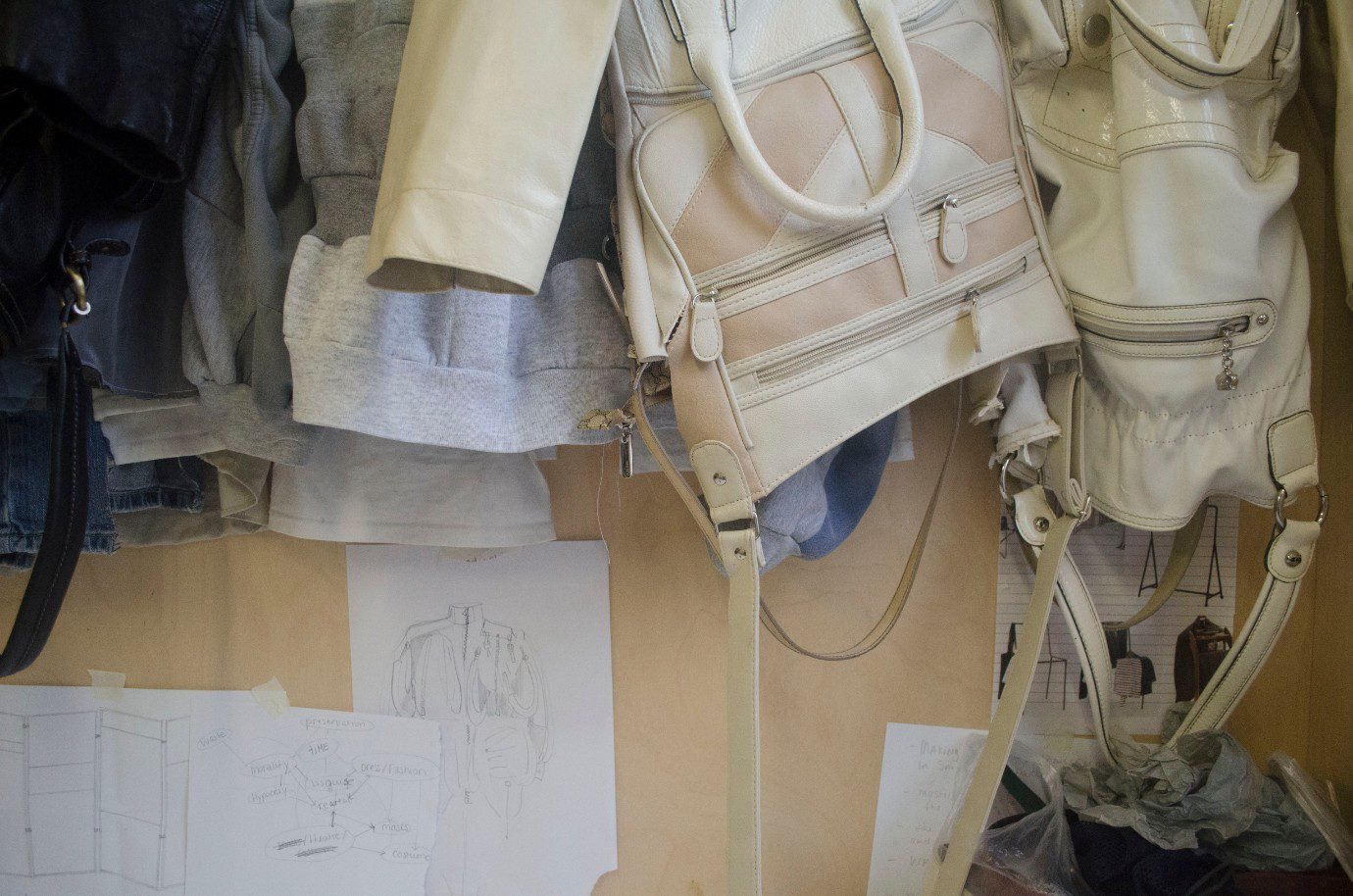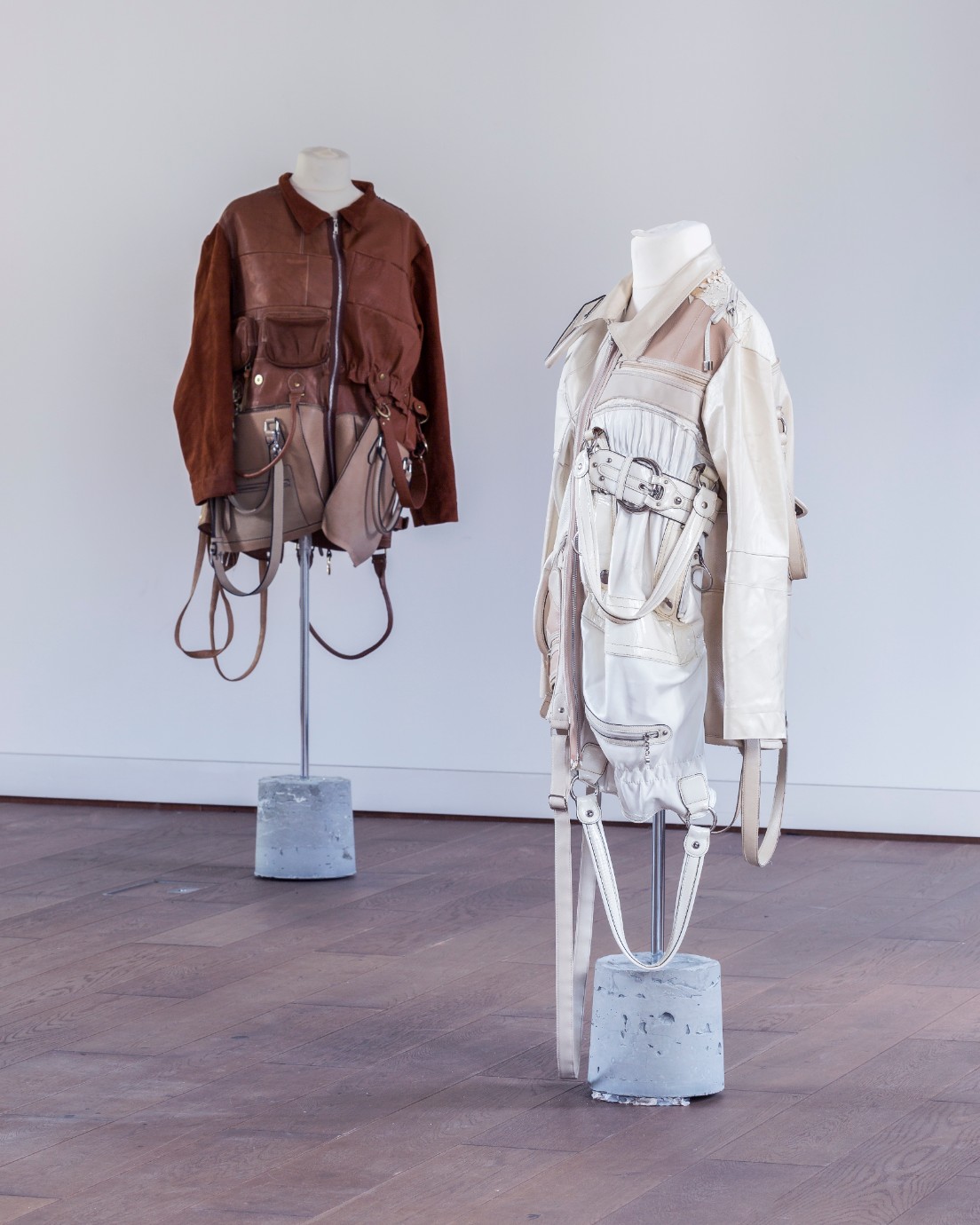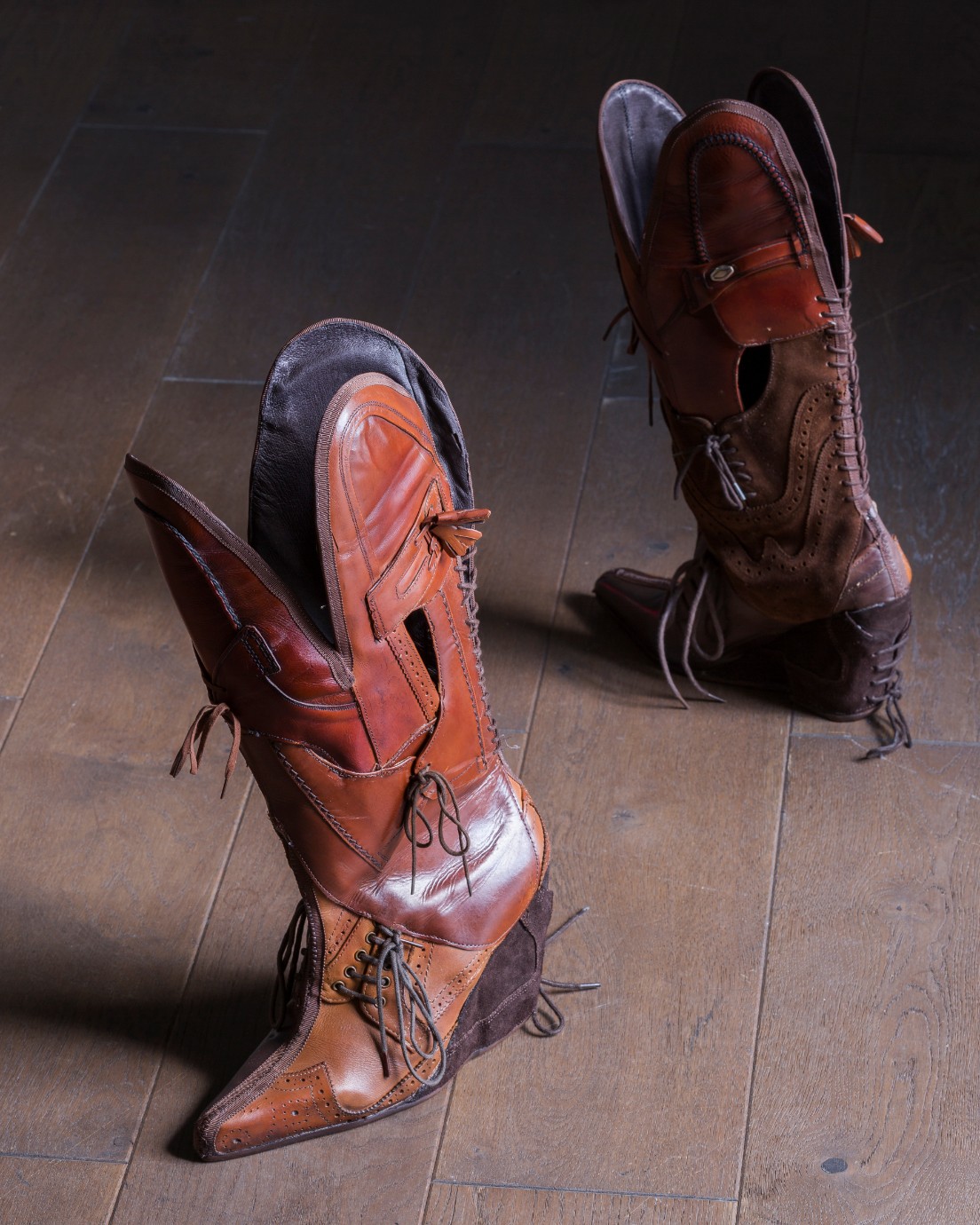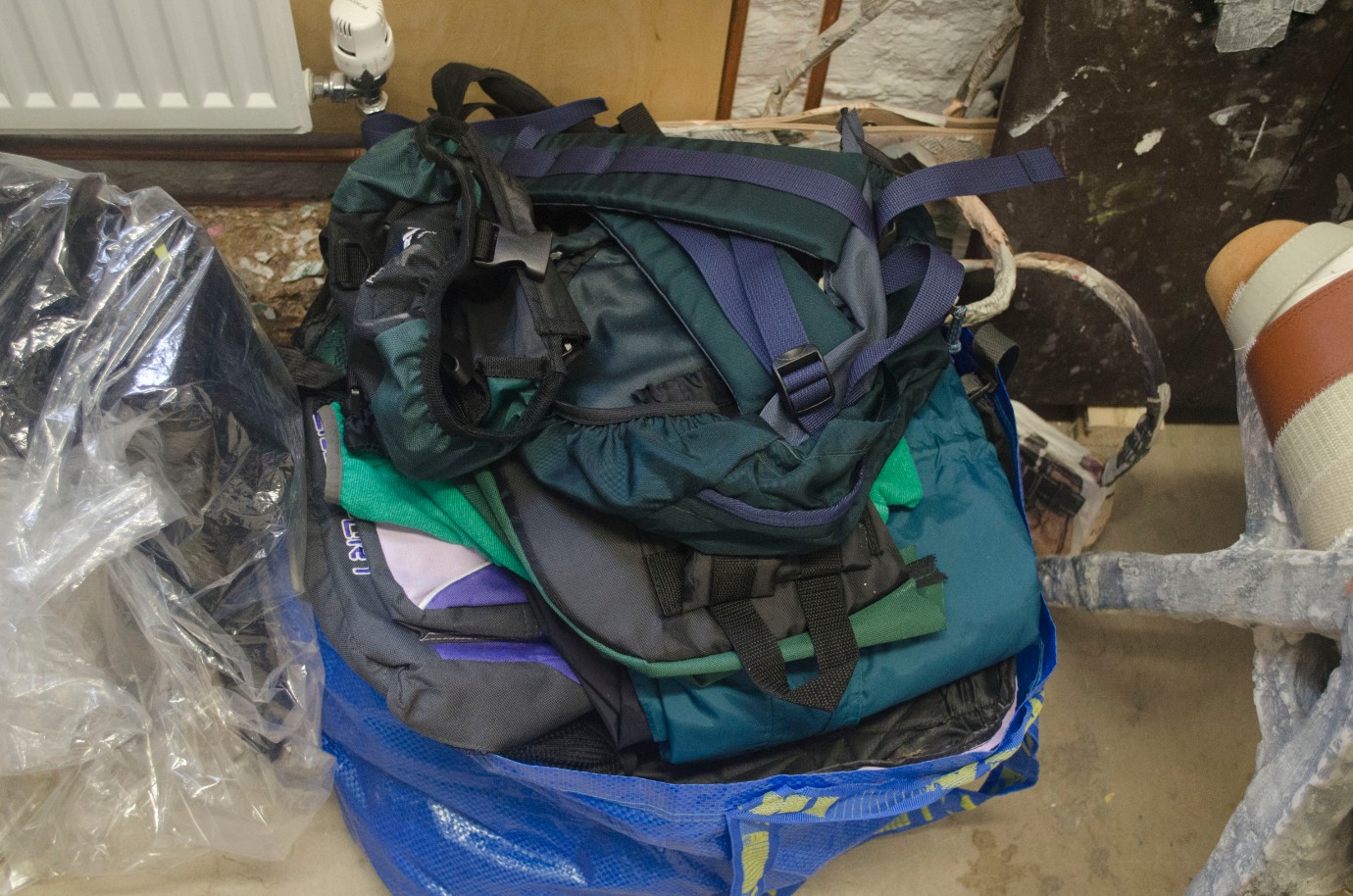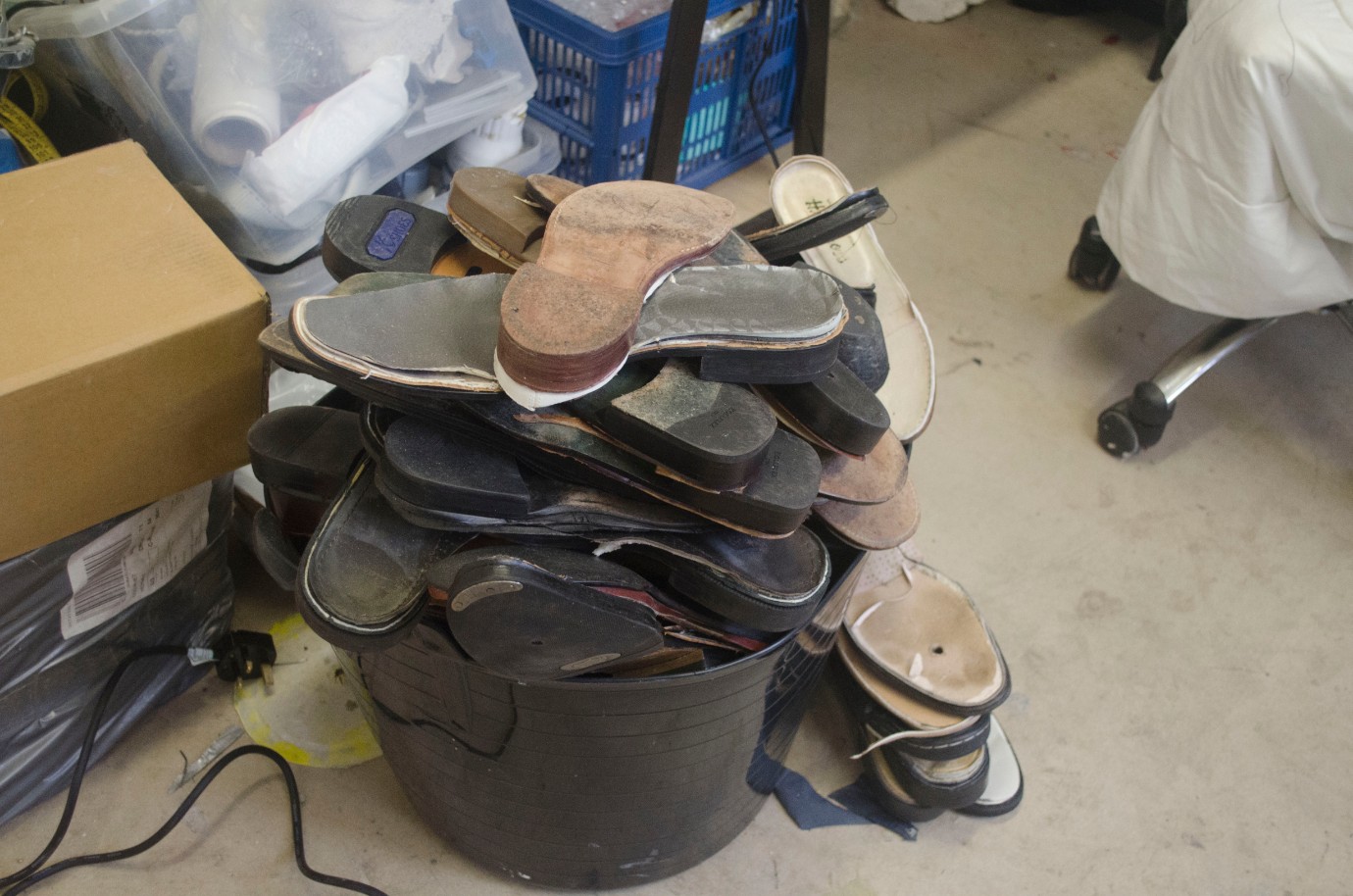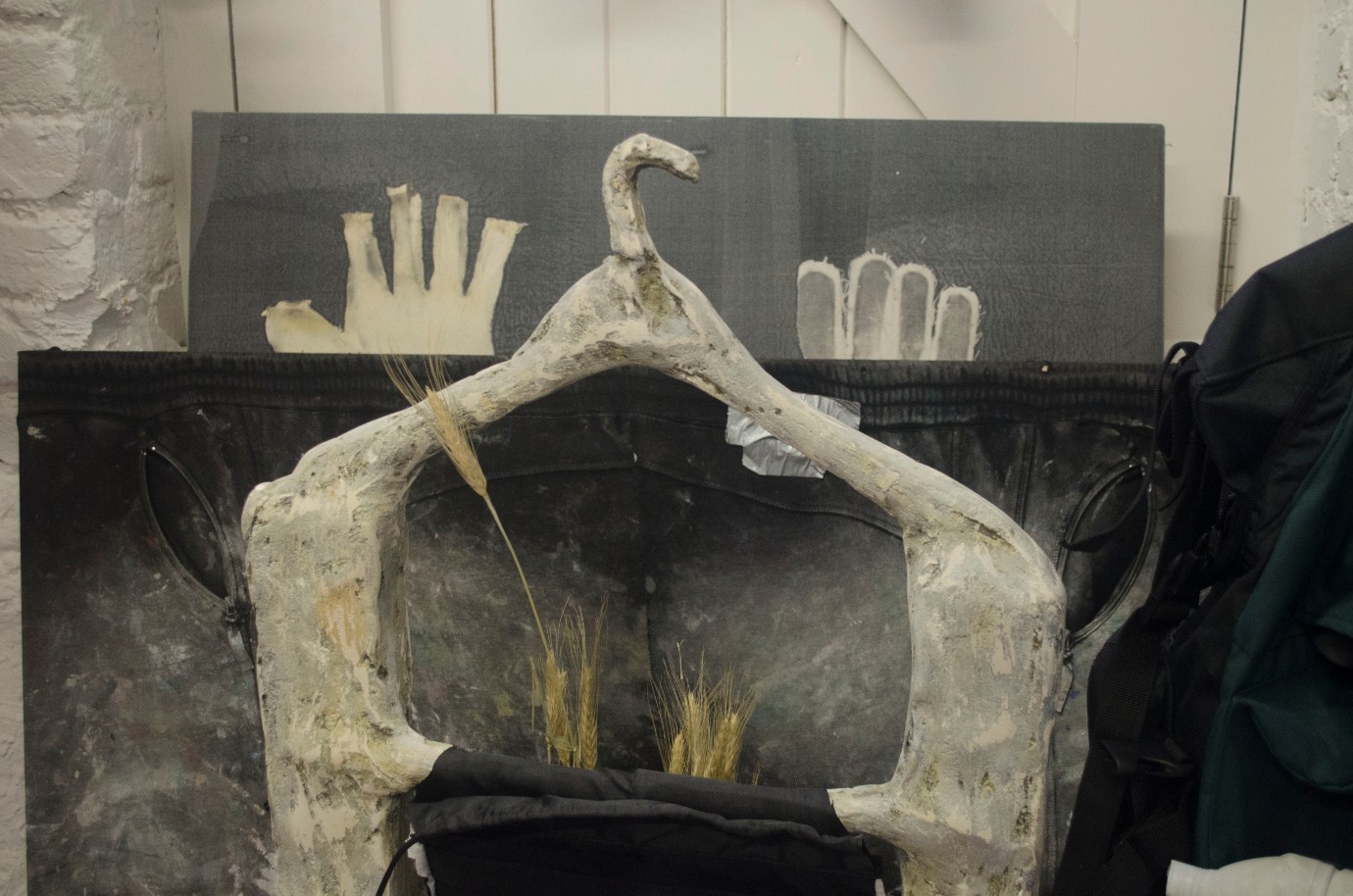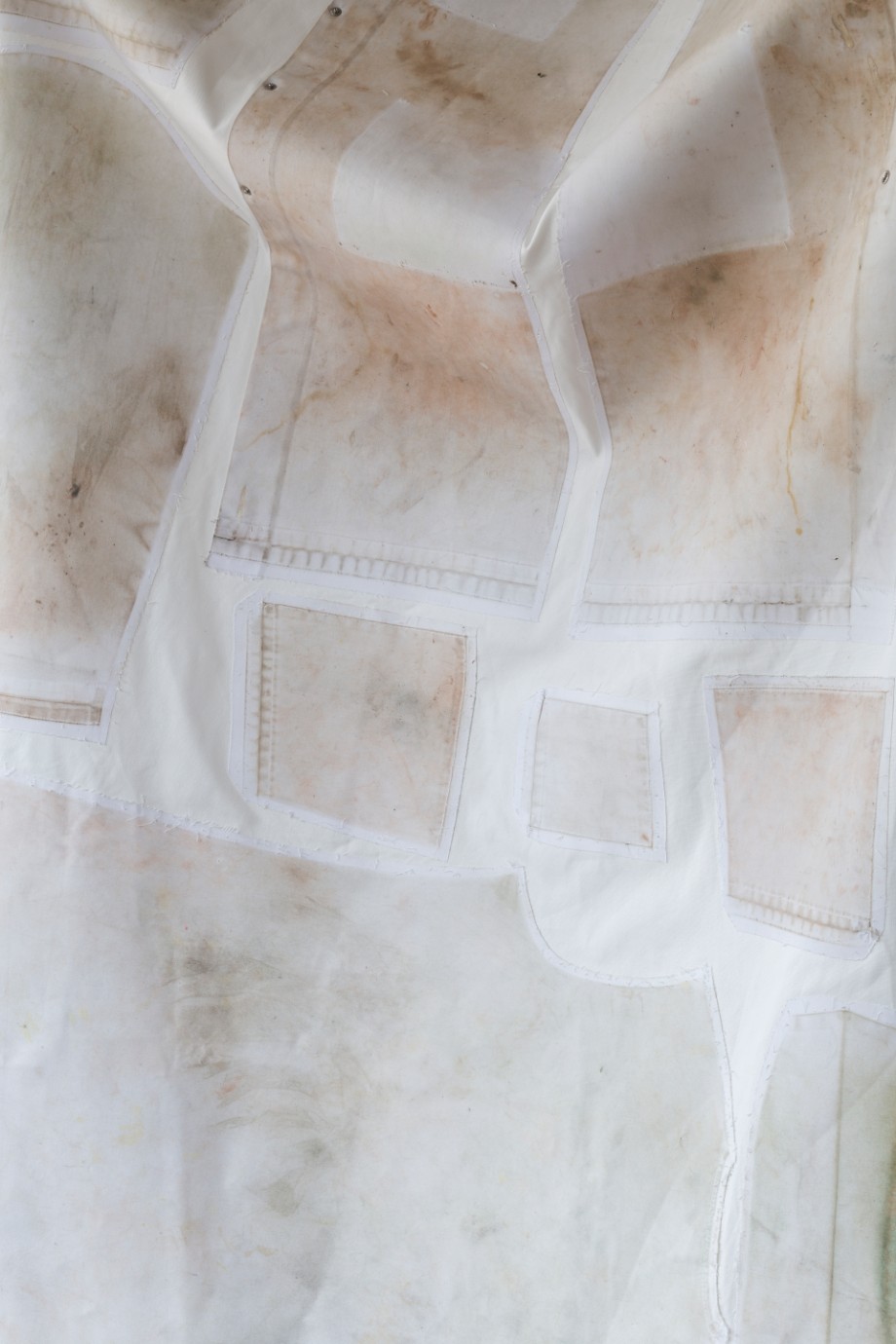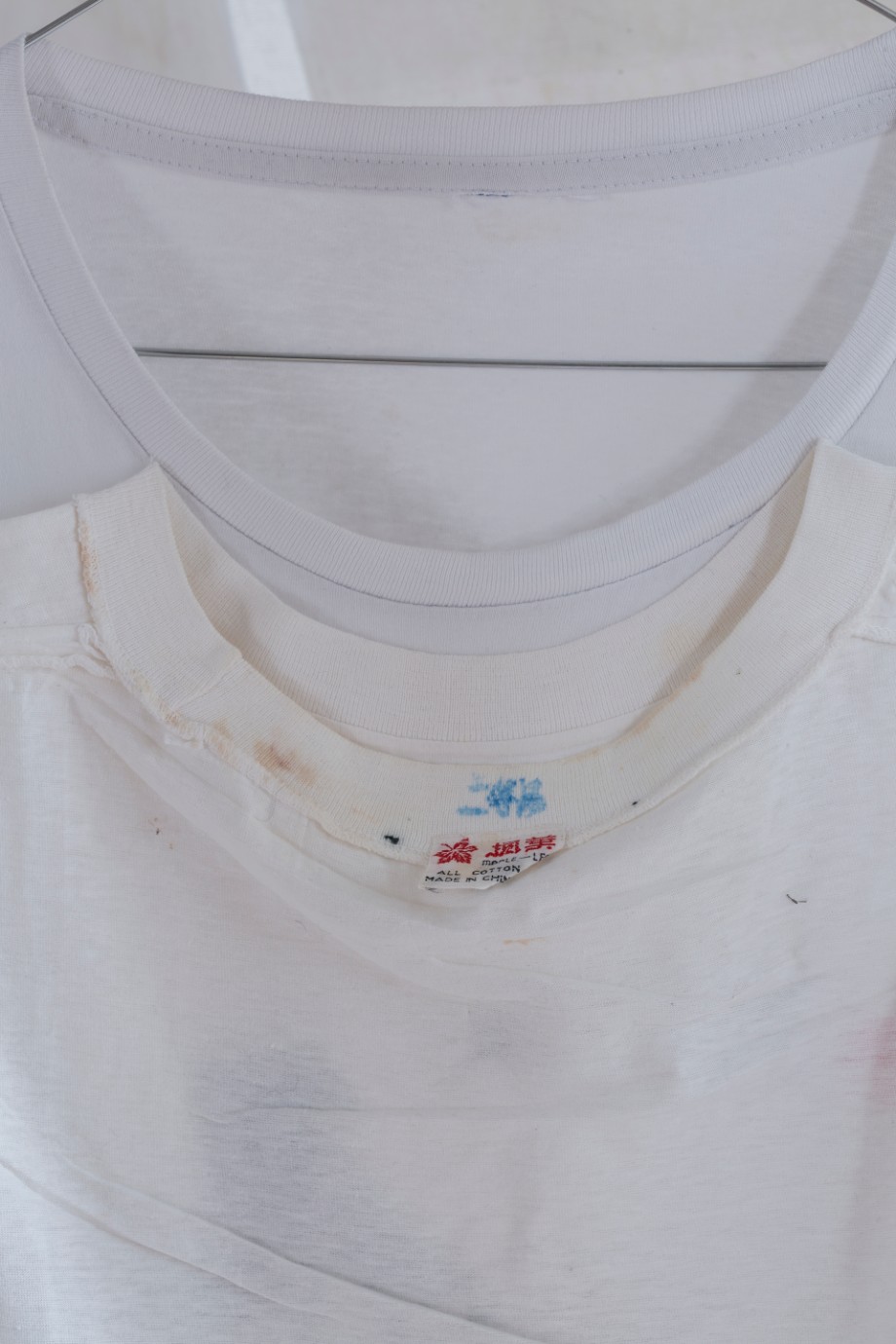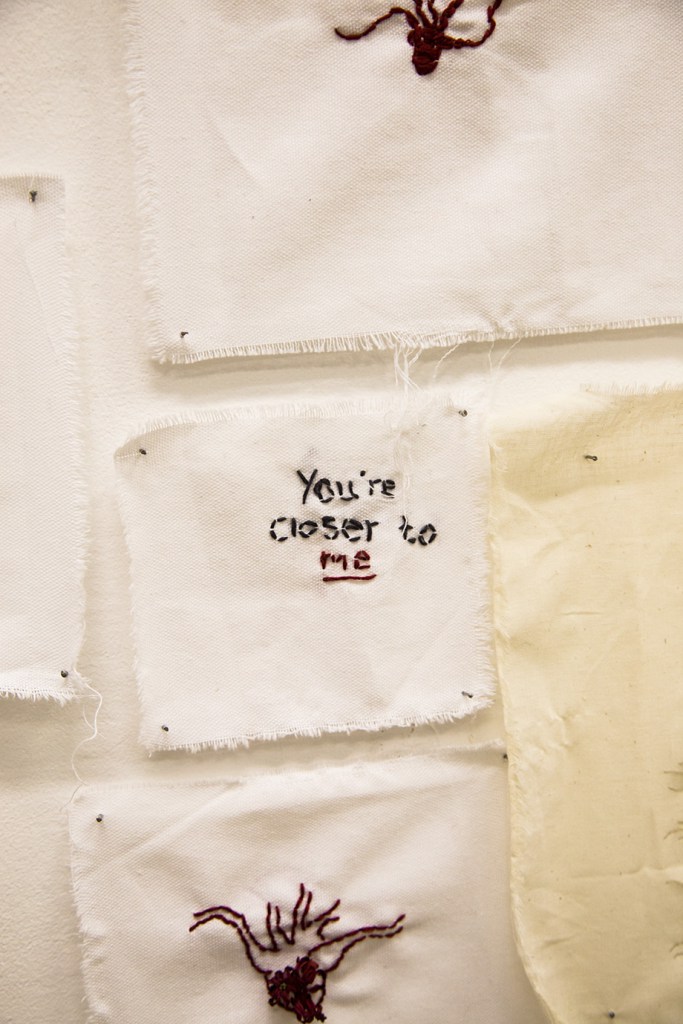What kind of technique did you use to fuse the pieces together, to preserve them? How long does the process usually take to create the jacket/boots?
I’m always broadening the spectrum of techniques because I have a textiles background where you’re taught different techniques. Every new work comes with a new technique. I watch a lot of YouTube videos on how to make things. I don’t like repeating processes and I enjoy teaching myself new processes and how to apply them.
You said that you find the difference between preserved and disposed items interesting, this clearly echoes in your work, could you elaborate on this?
I am interested in the processes of exclusion and inclusion, morality and cultural hierarchy that are integral to the creation of waste. When an object becomes part of an institutional archive it gains a representative function. In my work, I examine this idea by juxtaposing processes of preservation with processes of natural decay.
Your previous works explore the value of archiving, is that something you explored for this exhibition as well?
The act of archiving is a subject that is interesting to me in this time of extreme saturation. What do we decide to keep, what do we throw away? Archives and storage spaces are always of interest to me, in relation to fashion, which as an industry creates a lot of waste and as a phenomenon has the power to make thing psychologically obsolete.
What is your ideal audience and what do you want to tell them?
I don’t have an ideal audience, a lot of my work is about exclusion, so it would be great if my audience would be as broad as it possibly can be. With this show, the main idea is a post-apocalyptic scenario where nothing can be produced anymore. When you have to make ends meet in new, innovative ways, you are forced to look at objects from a different perspective. I guess that could be a message: look in a different way at the things you have, don’t just see your glasses as being there for drinking, look for other uses.

